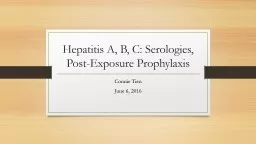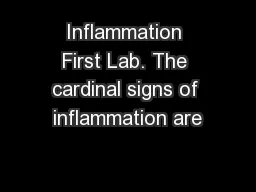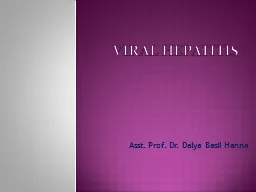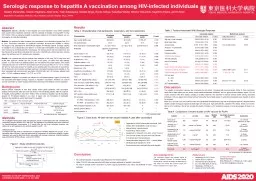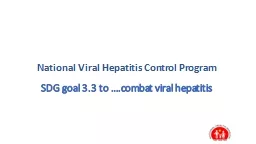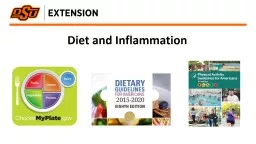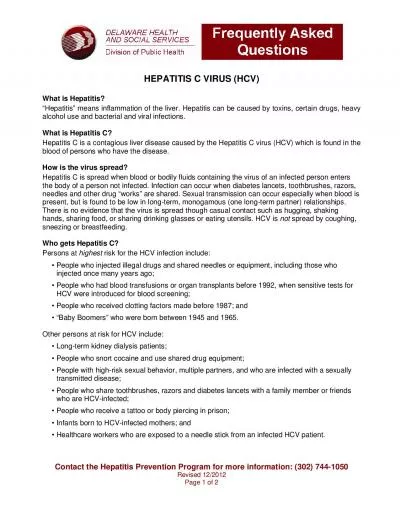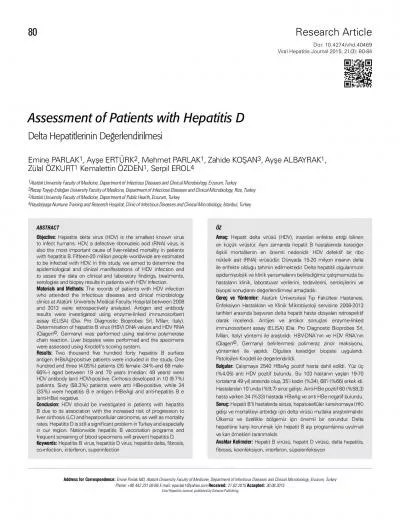PDF-Viral Hepatitis an Introduction Hepatitis or inflammation of the live
Author : davis | Published Date : 2022-10-14
In Indiana the 10year trend of hepatitis A decreased from 329 cases in 1997 to 33 cases in 2006 Many cases have unknown exposures while some reported traveling internationally
Presentation Embed Code
Download Presentation
Download Presentation The PPT/PDF document "Viral Hepatitis an Introduction Hepatiti..." is the property of its rightful owner. Permission is granted to download and print the materials on this website for personal, non-commercial use only, and to display it on your personal computer provided you do not modify the materials and that you retain all copyright notices contained in the materials. By downloading content from our website, you accept the terms of this agreement.
Viral Hepatitis an Introduction Hepatitis or inflammation of the live: Transcript
Download Rules Of Document
"Viral Hepatitis an Introduction Hepatitis or inflammation of the live"The content belongs to its owner. You may download and print it for personal use, without modification, and keep all copyright notices. By downloading, you agree to these terms.
Related Documents


